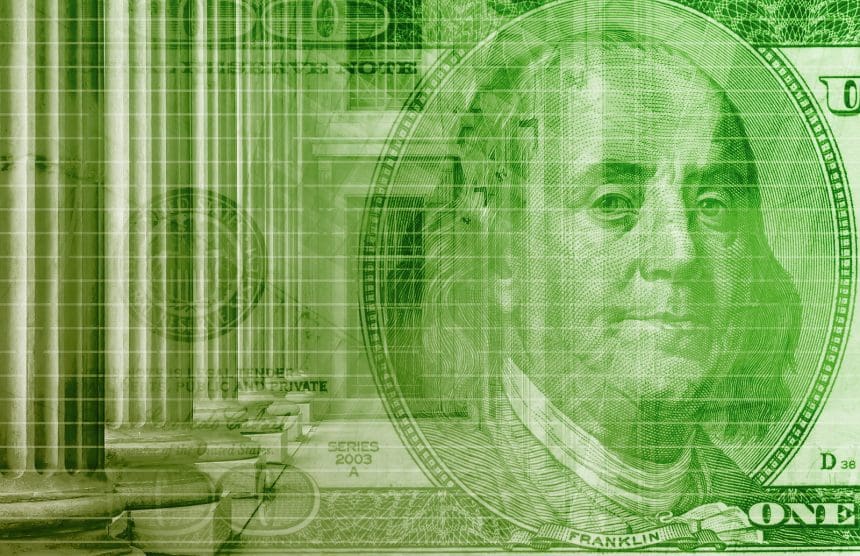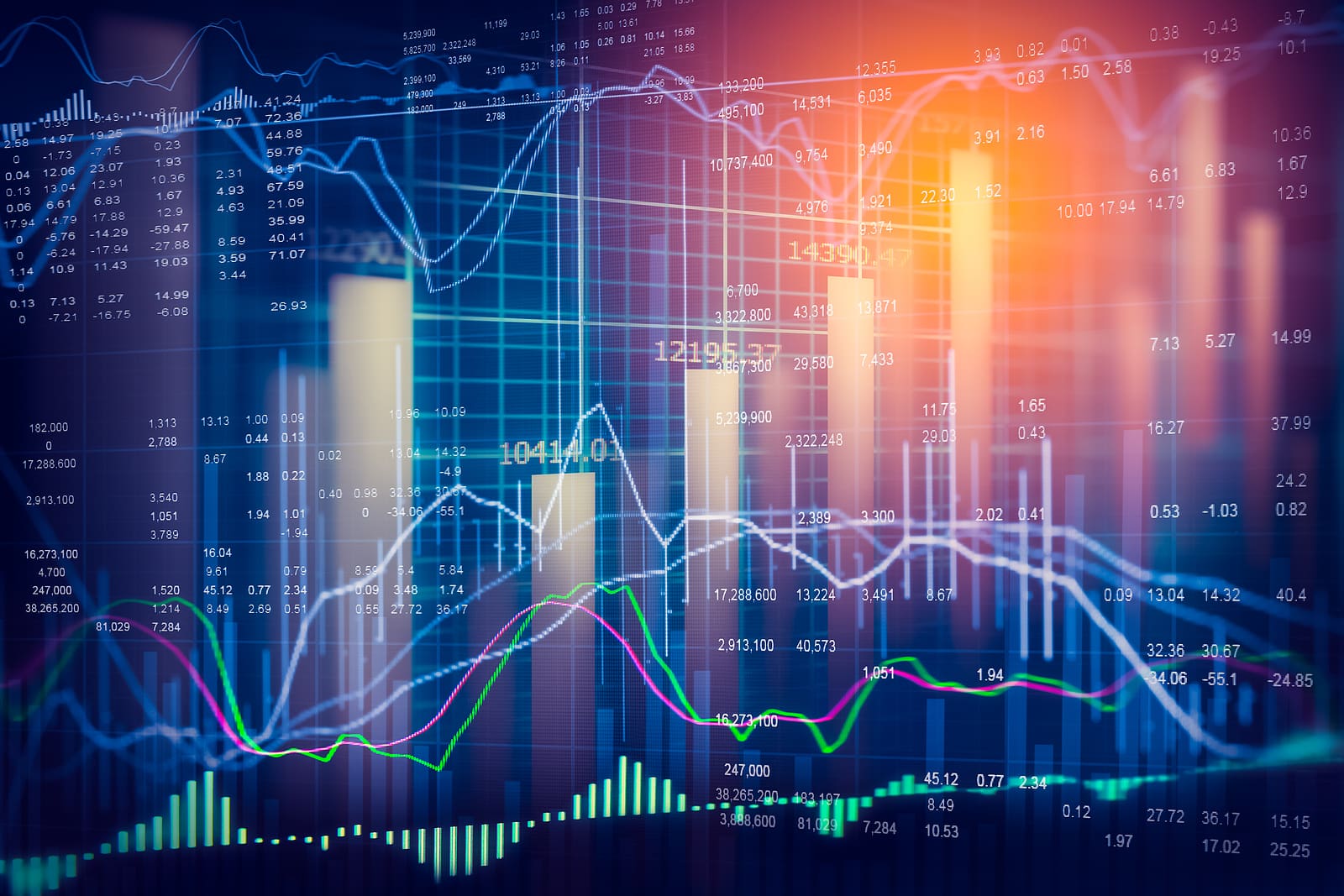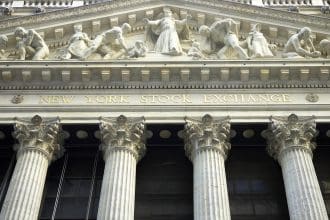US Dollar Index Strengthens Ahead of Jackson Hole Symposium as Markets Weigh Fed’s Next Move
ST. LOUIS, MO (STL.News) – The US Dollar Index (DXY) has seen renewed momentum in recent sessions, climbing steadily as global investors await critical signals from the Federal Reserve’s annual Jackson Hole Economic Symposium. The index, which tracks the dollar’s performance against a basket of six major currencies, has risen to its highest level since August 12, closing near 98.40 on Wednesday, August 20, 2025.
This movement highlights how central banks’ policy expectations remain the dominant force in global currency markets. With U.S. inflation data mixed and labor markets still tight, traders are looking to Fed Chair Jerome Powell’s upcoming remarks for clarity on whether the central bank will deliver the widely expected interest rate cut in September—or take a more cautious stance.
Dollar Index Gains Three Days in a Row
The U.S. Dollar Index has now posted three consecutive sessions of gains. After closing last Friday at 98.26 following a modest weekly decline of about 0.43%, the greenback bounced back early this week. Monday and Tuesday brought relatively quiet sessions as summer trading volumes kept volatility low, but the dollar managed to stabilize near the 98.00 mark.
By midweek, momentum returned. On Wednesday, August 20, the DXY edged higher to 98.44, marking its best level in over a week. Analysts attribute the move to a combination of cautious optimism about the U.S. economy and strong safe-haven demand ahead of Powell’s speech at Jackson Hole.
Federal Reserve Expectations Shape the Market
At the heart of dollar trading lies speculation about the Federal Reserve’s next policy move. According to CME FedWatch data, markets are currently pricing in an 84% chance of a September rate cut, with expectations of roughly 54 basis points of easing by year-end 2025.
Recent economic data has painted a complicated picture. While headline inflation has cooled, producer prices showed more resilience than expected, creating uncertainty about whether the Fed will act decisively in September or wait for additional confirmation.
“Markets are torn between anticipation of a rate cut and the reality that the Fed may want to hold steady a little longer,” said one currency strategist. “That tension is showing up directly in the dollar index, which is holding firm near resistance levels.”
Jackson Hole Symposium in Focus
The Federal Reserve’s annual symposium in Jackson Hole, Wyoming, has long been one of the most closely watched events for global financial markets. This year’s meeting is particularly significant, given mounting pressure on central banks to respond to sluggish growth in Europe and Asia while balancing domestic inflation concerns.
Chair Powell is expected to deliver remarks that will set the tone for monetary policy in the final quarter of 2025. Investors are especially eager to see whether he leans toward confirming September’s anticipated cut or instead signals a slower path of easing.
“The symposium is more than just a Fed event—it’s a global stage,” noted a senior market economist. “Central bankers from around the world listen closely, and the dollar tends to be the first place where Powell’s words are priced in.”
Safe-Haven Demand and Global Uncertainty
Beyond Fed speculation, the dollar is also benefiting from its role as the world’s primary safe-haven currency. With geopolitical risks simmering in Eastern Europe and the Middle East, along with ongoing concerns about China’s growth slowdown, investors continue to favor dollar-denominated assets during uncertain times.
This safe-haven flow has kept the DXY from falling too far below the 98.00 threshold in recent weeks. Even when markets grew more confident about a September cut, dollar weakness remained shallow, reflecting strong baseline demand.
Impact on Gold and Commodities
One of the clearest reflections of dollar strength has been in gold markets. Spot gold prices have hovered near three-week lows as the stronger greenback makes the precious metal more expensive for holders of other currencies. Traders note that every uptick in the dollar has added pressure on gold, though the metal remains supported by long-term hedging demand.
Meanwhile, oil markets have traded more on supply headlines than currency moves; however, the stronger dollar has limited the upside potential in crude by making imports more costly for non-U.S. buyers.
Technical Levels and Chart Outlook
From a technical perspective, the dollar index is approaching an important resistance zone near 98.50. A decisive break above that level could pave the way for a move toward 99.00, last seen in late July.
On the downside, support remains firm at 98.00 and then again at 97.70, levels tested last week before the latest rally began. Technical traders note that momentum indicators suggest room for continued upside, but much depends on whether Powell’s speech delivers a hawkish or dovish surprise.
Broader Currency Impacts
The stronger dollar has naturally put pressure on other major currencies.
- Euro (EUR/USD): The euro has slipped back below the 1.10 level as concerns about growth in Germany and the broader eurozone weigh on sentiment.
- Japanese Yen (USD/JPY): The yen remains weak, trading near multi-year lows as Japan maintains its ultra-loose policy. The dollar’s climb has only exacerbated the yen’s decline.
- Australian Dollar (AUD/USD): The Aussie has struggled amid China’s slowdown and weaker commodity demand, with the stronger dollar adding further headwinds.
These moves underscore the global ripple effect of dollar strength and how U.S. monetary policy remains the dominant theme in FX markets.
Outlook: Cautious but Dollar-Friendly
Looking ahead, the dollar’s immediate future hinges on two key factors: Powell’s remarks at Jackson Hole and the trajectory of U.S. inflation data leading into September. If Powell confirms a September rate cut while leaving the door open to additional easing, the dollar could soften modestly but remain underpinned by safe-haven demand.
If, however, Powell strikes a cautious tone and suggests the Fed may wait longer, the dollar could extend its rally beyond current resistance levels. Either way, analysts agree that the DXY is unlikely to break decisively lower until global growth stabilizes and geopolitical risks ease.
Conclusion
The U.S. Dollar Index’s climb to a one-week high reflects the market’s delicate balancing act between expectations of Federal Reserve rate cuts and ongoing global uncertainty. With the Jackson Hole symposium now in full focus, investors are bracing for Powell’s remarks to shape currency trading well into the fall.
For businesses, investors, and policymakers alike, the dollar’s next move will provide critical insight into how the world’s most influential central bank plans to steer the U.S. economy through a challenging global landscape.
Currently, the U.S. dollar remains firm, with strong safe-haven demand, and the world is closely watching as the Fed prepares to send its next signal.
© 2025 STL.News/St. Louis Media, LLC. All Rights Reserved. Content may not be republished or redistributed without express written approval. Portions or all of our content may have been created with the assistance of AI technologies, like Gemini or ChatGPT, and are reviewed by our human editorial team. For the latest news, head to STL.News.










